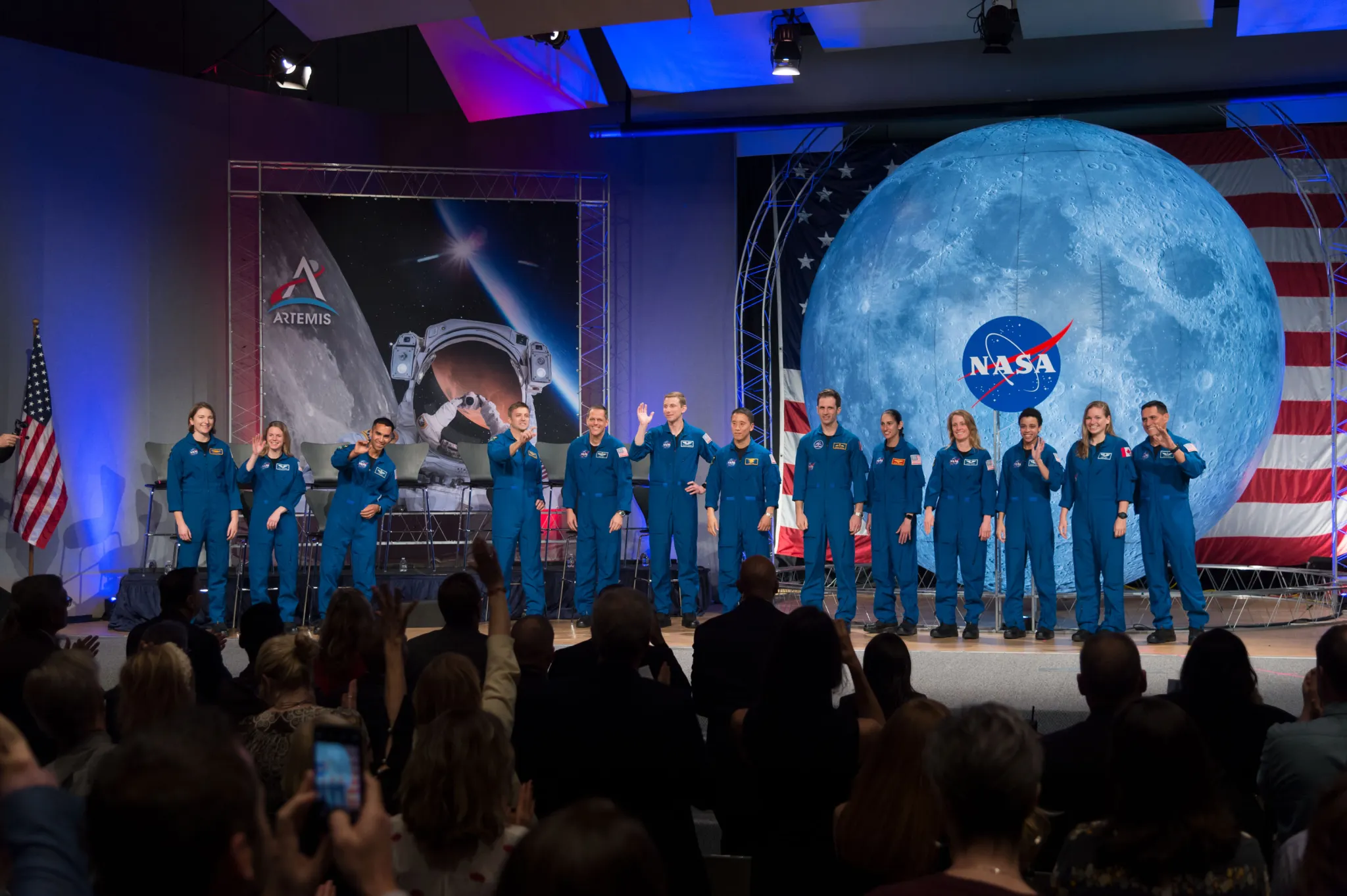Learn about NASA’s non-copyrighted material, restrictions, commercial use guidelines, acknowledgments, and notable achievements. Discover how NASA has shaped our understanding of space.
Introduction
Exploring the cosmos has been a fundamental human endeavor, and at the forefront of this quest stands NASA. NASA permits the use of its extensive collection of images, videos, and audio for educational or informational purposes without any copyright restrictions. However, navigating through the guidelines and understanding the nuances is crucial for enthusiasts, educators, and content creators.
NASA’s Copyright Guidelines
When delving into NASA’s media library, it’s essential to understand the permissions and restrictions associated with its content.
Non-Copyrighted Material
NASA’s extensive collection of images, videos, and audio files is generally uncopyrighted, enabling their use for educational or informational purposes without explicit permissions.
Restrictions
NASA permits material use, but certain elements like the insignia logo, logotype, and seal require permission. Images containing identifiable individuals require caution for commercial use.ts.
Commercial Use
For commercial purposes, including advertisements, coordination through a NASA corporate associate may be necessary for using specific images. It’s imperative that any commercial utilization does not imply NASA’s endorsement of goods or services.
Acknowledgment
Acknowledging NASA as the source of material is crucial, except in cases of advertising purposes. This ensures transparency and respect for NASA’s contributions to space exploration.
Overall Guidelines
While NASA’s media library is accessible and copyright-free for educational and informational purposes, it’s vital to adhere to these guidelines to maintain the integrity of NASA’s brand and contributions.
Notable Achievements
NASA’s legacy is defined by its groundbreaking achievements, which have reshaped our understanding of space.
- Explorer 1 Satellite: Launched in 1958, this spacecraft discovered Earth’s Van Allen Belts, marking a significant milestone in space exploration.
- Apollo 11: The iconic mission that landed humans on the moon for the first time in 1969 captured the imagination of the world and solidified NASA’s place in history.
- Hubble Space Telescope: Since its launch in 1990, the Hubble Telescope has provided awe-inspiring images and invaluable data, revolutionizing our comprehension of the universe.
- Mars Rovers: Curiosity and Opportunity, among others, have advanced our understanding of Mars, paving the way for potential manned missions and unraveling the mysteries of the red planet.
- International Space Station (ISS): A collaborative effort, the ISS has enabled astronauts to conduct experiments and live in space since 2000, fostering international cooperation and pushing the boundaries of human exploration.
FAQs
- Can I use NASA’s images for commercial purposes?
- While some images may be available for commercial use, coordination with NASA is necessary to ensure compliance with the guidelines.
- Are NASA’s videos copyrighted?
- No, NASA’s videos are generally not copyrighted, allowing their use for educational or informational purposes.
- How should I acknowledge NASA when using their material?
- Acknowledge NASA as the source of the material, except in cases of advertising where it may not be required.
- What are some of NASA’s most significant achievements?
- Explorer 1 Satellite, the Apollo 11 mission, the Hubble Space Telescope, Mars Rovers, and the International Space Station are among NASA’s notable achievements.
- Can I use NASA’s logos in my project?
- The NASA insignia logo, retired NASA logotype, and NASA seal cannot be used without explicit permission.
- Is NASA’s media library accessible to everyone?
- Yes, NASA’s media library is publicly accessible and copyright-free for educational and informational purposes.
Conclusion
NASA’s contributions to space exploration are unparalleled, and its commitment to sharing knowledge with the world is evident in its open-access policies. By adhering to the guidelines and leveraging NASA’s wealth of resources, enthusiasts and educators can continue to inspire generations and foster a deeper understanding of the cosmos.

